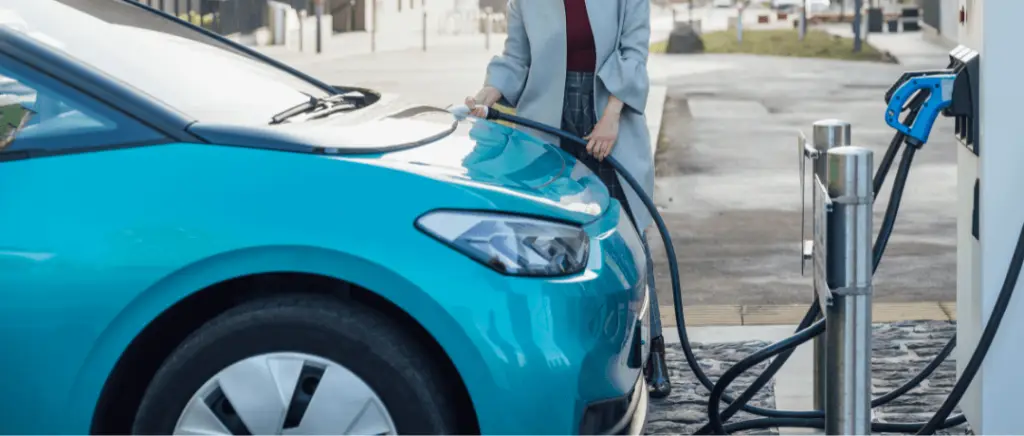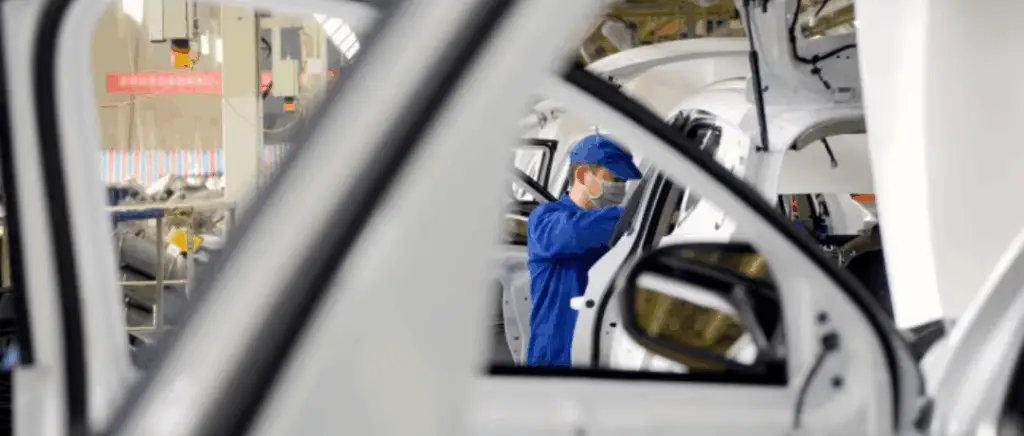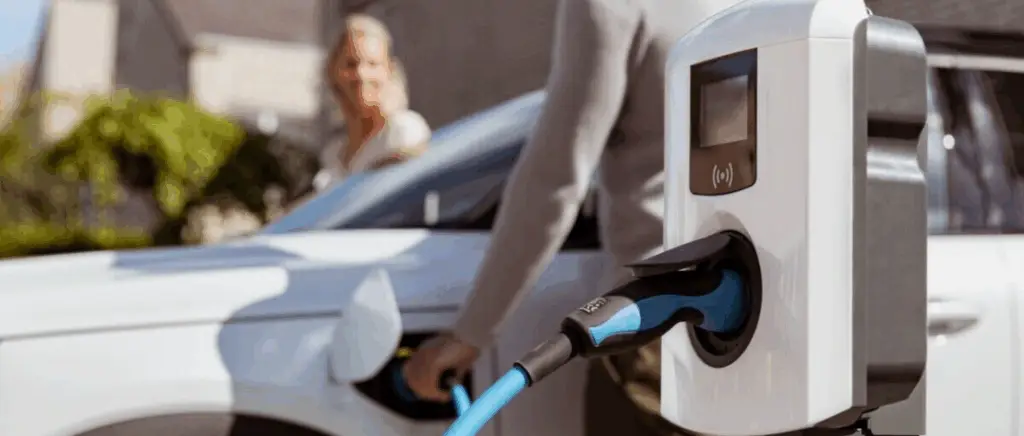What is smart charging?
Smart charging avoids overloading the grid while maximising savings.
This intelligent recharging system makes it possible to adequate distribution of power between the electric vehiclesthus respecting the subscribed capacity.
It therefore takes into account various parameters, such as the number and type of vehicles to be charged, as well as the current state of each individual's charge. Thanks to this intelligent concept, users can adjust their consumption according to advantageous time slots to benefit from reduced tariffs.
On the other hand, companies can also manage and optimise the recharging of their vehicles. electric fleet by evenly distributing the energy required across all the electric cars on charge, a process more commonly known as "load balancing".
This approach is often adapted for networked use, as is often the case in businesses or collective housing. When a vehicle is being recharged, the charger communicates not only with the vehicle itself, but also with the recharging operator and the supplier, all via data connections.
Not to be confused with two-way charging
Remote management of recharging points via intelligent recharging offers a new way of optimisation of energy costs for network operators and owners. Modulating your top-up to take advantage of night-time tariffs is a concrete example.
Good to know Smart charging: According to the Observatoire de l'industrie électrique (OIE), smart charging can reduce electricity bills by 30 to 35 % compared with conventional charging.
Bidirectional charging, on the other hand, involves the exchange of energy between an electric vehicle and the grid via a bidirectional charger known as V2G (or "vehicle to grid"). In short, it refers to a a system where electric vehicles can recharge, but which can also redistribute its electrical energy to the grid. For what purpose? To power the owner's home and make money.
This implies a flow of energy to and from the battery of the vehicle demonstrating its practical operation. This is not to be confused with vehicle-to-home (V2H), where an electric car is used to power a household. With this method, the energy used from the grid can be modulated by using the vehicle's battery. For example, during peaks in consumption, the V2H supplies the household appliances to avoid using expensive electricity from the grid. Then, during off-peak hours, the vehicle recharges at a lower cost.
For more information on this subject, see our article on vehicle-to-grid may be of interest to you.

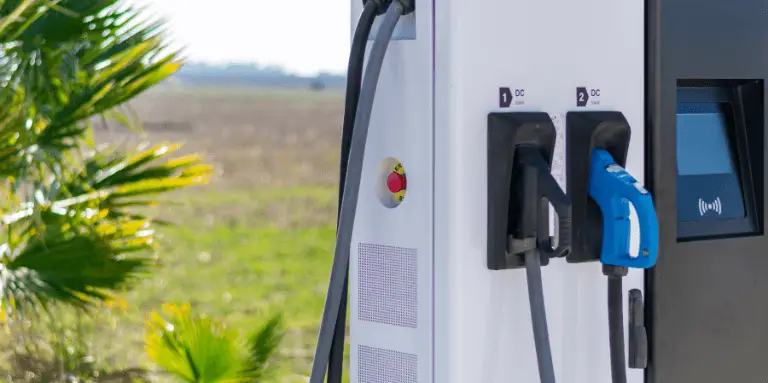
Not to be confused with fast recharging
On the one hand, intelligent charging gives owners, companies and networks control over the energy demand of electric vehicles and its timing.
On the other hand, fast charging aims to supply more electricity to an electric vehicle battery more quicklyaccelerating the charging process via a fast charging point.
To illustrate these points and clarify certain grey areas, here's a table summarising the different types of recharging solution on the market.
| TYPE DE BORNE | PUISSANCE DÉLIVRÉE | TEMPS DE CHARGE |
|---|---|---|
|
HOME OR PROFESSIONAL RECHARGING
|
3 kW maximum
|
between 6 and 12 noon
|
|
ACCELERATED (public charging point)
|
between 7 and 22 kW
|
between 1 and 6 hours
|
|
QUICK
|
from 50 to 150 kW
|
between 20 and 40 minutes for a recharge at 80%
|
|
ULTRA-FAST
|
more than 150 kW
|
battery between 75 and 100 % in less than 45 minutes
|
Good to know The installation of a charging point with a power rating of 3.7 kW or more must be carried out by a qualified electrician with the IRVE (Recharging Infrastructure de Véhicule Électrique). This certifies that the electrician is trained in the installation of electric vehicle charging points. If not, your installation will be non-compliant.
How does smart charging work?
As soon as the vehicle is connected, a link is established. Via Wi-Fi or Bluetooth, the charging point transmits data to a centralised platform set up for this purpose, including internet servers and associated software.
This data includes, for example, the charging time according to the power required, the charging speed, the state of the battery, etc.
But that's not all it can do, as it can transmit data other than that relating to the electric car. In fact, it has the ability to send information on the current status of the local network and current use of the recharge point.
For example, if you charge at night at home, there is little demand on the grid, as fewer appliances are used than during the day. On the other hand, if you charge your electric vehicle during the day, the network is almost saturated because several devices are in use. The smart terminal is therefore able to transmit data on the demand for electricity at that precise moment.
After that, it's important to find out about the power of your recharging point and the electrical power subscribed to at home, so that the fuse doesn't blow. If you have any further questions in this area, please do not hesitate to get in touch with one of our experts.
In short, top-up operators provide easy remote energy management via an online platform or an application, enabling a range of functions. Users can monitor and pay for their top-ups via the online platform, guaranteeing that they can be tracked and paid for anywhere, at any time.
The advantages and disadvantages of intelligent recharging for charging points
Here we take a closer look at smart charging for electric vehicle charging points. With its advantages and disadvantages, this technology promises unprecedented energy optimisation, but still raises a number of questions.
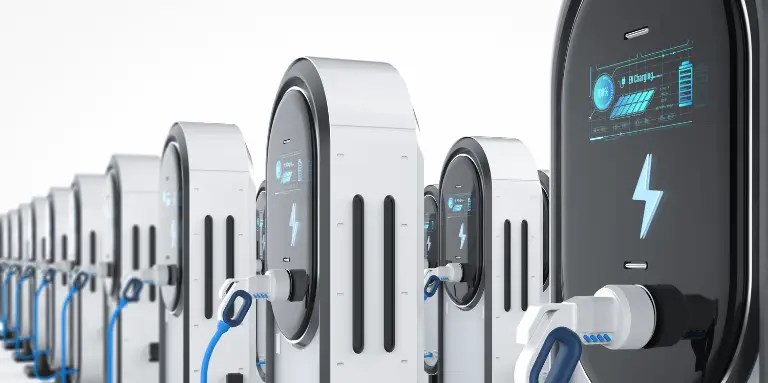

The benefits
Intelligent charging offers a host of exciting benefits for users of electric vehicle charging points. This innovation goes far beyond simple recharging, offering benefits such as cost optimisation, more efficient energy consumption and enhanced safety.
Initially, smart charging analyses various data in real time to prevent network overload and guarantee safety of each individual.
Secondly, the optimisation of recharging prevents saturation of the electrical network and simultaneous energy consumption by other devices. The load can be deferred to off-peak hours to avoid exceeding the maximum capacity of the contract power.
What's more, when it comes to chargeable recharging solutions, the application automatically manages billingwhich allows users to track their consumption and pay online.
Finally, although speed is relative, adapting the terminal to the available energy optimises overall recharging for all the vehicles in a network.
In the case of recharging stations in public or private car parks, the information transmitted by the station to the Cloud make it easier to identify available and accessible charging points and their charging capacity in real time.
The disadvantages
Although this technology offers undeniable advantages, it also has a few drawbacks to consider.
Firstly, despite its economic benefits, intelligent recharging not suitable for every context. Indeed, Its use requires flexibility on the part of the user. Opting for the moment that is most favourable in financial and energy terms, it may not meet immediate needs. For example, if a driver requires a fast, uninterrupted charge for unexpected use, the smart device may not be adequate at that time.
Secondly, although simple smart charging is becoming increasingly popular reversible solutions are not widespread. At present, not all electric vehicle models are compatible with this technology. Its development will take some time before it is widely implemented, while keeping costs affordable for users.
The 3 types of intelligent management
This facet of smart charging includes three types of intelligent charging, the cornerstones of modern energy efficiency.
Power boost
The power boost, also known as a load shedder or load shedding system, is a system that balances the charging energy of the electric vehicle and that of the grid, stopping or adjusting the charging point in the event of an overload. It then resumes charging when energy is available again.
For example, when you plug in your electric car at night, it joins a network that is already overloaded by various household appliances. A charging point equipped with this function will adjust the charging power according to the available capacity. If this capacity is reached or exceeded, the charging point will reduce or stop the charging power, allowing the network to stabilise by deactivating certain electrical appliances.
Power sharing
Secondly, there is power sharing. The principle here is that the available energy is distributed proportionally among the chargers connected to the network, thus avoiding electrical overload if all the chargers are used simultaneously. This power modulation adapts according to the number of chargers connected to a vehicle, with the aim of optimising and regulating energy use.
This charger-based functionality optimises car parks with multiple chargers without the need for major electrical adjustments. This is particularly useful for sites with multiple chargers, such as workspaces, residential parks or fleet depots.
Dynamic power sharing
This evolution of power sharing has created dynamic power sharing, an intelligent distribution of energy.
Dynamic power sharing monitors a building's energy demand, adjusting the supply according to authorised thresholds. When demand remains below the maximum admissible, it allocates the available energy until the maximum of the charging network is reached. If demand is equal to or exceeds the maximum, no energy is delivered to the chargepoints. By exploiting troughs in demand, it meets the needs of the network without increasing overall power.
Between power boost, power sharing and dynamic power sharing, each brings unique benefits, from load control to efficient energy management. The key is to choose the right one for your specific needs, whether you're professional or individual.
Summary table of the 3 types of intelligent management
| Type | How it works | Benefits | Application |
|---|---|---|---|
| Power Boost | - Balances energy between recharging and the grid - Adjusts or stops the load in the event of an overload - Resumes charging when energy is available |
- Prevents network overload - Optimises use of available energy |
- Ideal for domestic installations - Useful at night when several appliances are running |
| Power Sharing | - Distributes available energy between connected chargers - Modulates power according to the number of chargers in use |
- Prevents electrical overload - Optimises use of existing infrastructure - Does not require major electrical adjustments |
- Suitable for car parks with several chargers - Useful for workspaces, residences, fleet depots, etc. |
| Dynamic Power Sharing | - Monitors a building's energy demand - Adjusts energy supply according to authorised thresholds - Allocates available energy to charging points |
- Takes advantage of troughs in energy demand - Meets the needs of the network without increasing overall power - Dynamic optimisation of energy use |
- Ideal for complex installations - Suitable for buildings with variable energy demand |
Conclusion
In the fast-changing world of electric mobility, intelligent charging at charging points represents the future. For consumers, this means more efficient, economical and flexible charging, tailored to their everyday needs. Businesses, meanwhile, can benefit from advanced solutions for energy management, cost-effective charging point services and a positive contribution to the electricity grid.
Indeed, this evolving technology offers much more than immediate benefits. It represents a step towards a sustainable energy future, in which electric vehicles fit seamlessly into our everyday lives.
By providing better management of energy consumption, reducing costs and contributing to grid stability, smart charging promises a more sustainable and efficient future.
It's not just an evolution in the way we charge our vehicles, but a global transformation of the energy landscape. Smart charging is an opportunity for everyone to play their part in building a more sustainable and efficient world.
Don't forget that at BeevIf you have a project to install an electric car charging solution, our experts are available from 9am to 7pm (excluding working days).
If you would like to find out more aboutsupport for the installation of charging points for businesses in 2024For more information, see our article on this subject.
Monday to Friday
9am - 12.30pm - 2pm - 7pm
